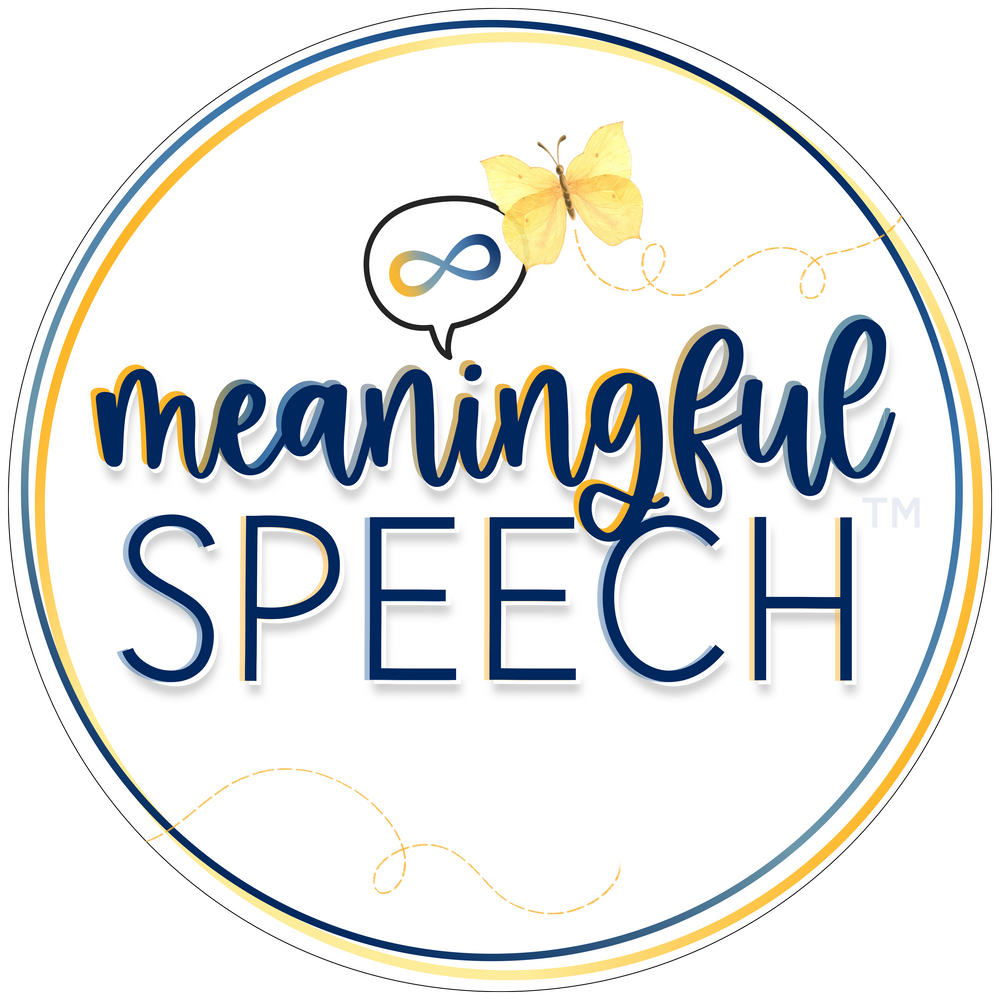How to Hold Boundaries as a Child-Led Therapist
Jul 10, 2025
As child-led therapists, our approach is centered on honoring a child’s interests, autonomy, and supporting who they are without trying to change them. We follow their lead, yes. But being child-led doesn’t mean there are no boundaries. In fact, boundaries are essential. They protect a child’s safety, help regulate their nervous system, and support the development of trusting, secure relationships.
Holding boundaries while being child-led may seem like a contradiction at first, but it’s not. It simply means we are thoughtful about how we hold those boundaries.
Boundaries Still Exist in Child-Led Therapy
Sometimes, we simply cannot honor what a child wants in that moment. For example...
-
You can’t get off a plane mid-flight.
-
You can’t run on stage during a graduation ceremony.
-
You can’t go swimming in a public pool in January in the Midwest.
These are real-life examples of boundaries that must be upheld for safety. They often require intentional support to help a child through the disappointment or frustration that may follow.
State What’s Happening and Why
When we need to hold a boundary, one of the most helpful strategies is to clearly and gently explain what’s going on and why.
“We can’t go home yet because Dad isn’t here with the car. Let’s set the timer and find something fun to do for 15 more minutes.”
This isn’t about reasoning with a dysregulated child. It’s about providing clarity and predictability. And we have to remember that we can only do this well when we are regulated too. (Easier said than done, we know!)
The Power of Co-Regulation
Co-regulation refers to the reciprocal regulation of emotions and physiological states between two people. It’s the dance of safety, connection, and emotional syncing.
When we hold boundaries, especially those that cause frustration or disappointment, our kids need our calm. They need us to be their anchor. Sometimes that looks like:
-
Sitting quietly beside them
-
Turning off bright lights
-
Offering a snuggle or weighted blanket
-
Pacing the hallways together
-
Simply being with them in the hard moment
As therapists, this is often what boundary-holding looks like. It’s not about pushing for communication in that moment. It’s about presence and relationship. That might mean pausing all other goals temporarily and focusing fully on co-regulation.
Moving Beyond “Get Them to Talk”
I was trained like many others: go in, get the child to talk, and measure success by output.
I gave that up almost a decade ago.
Today, my measure of success is different. Does this child feel safe with me? Do they feel joy in my presence? Do they trust me to help them navigate hard things?
When holding a boundary causes distress, I shift into connection mode. Communication goals can wait. Relationships come first.
Modeling Boundaries and Self-Advocacy
Boundary-holding is also an opportunity to model self-advocacy, even for ourselves.
If a child is being rough with a favorite toy, I might say:
-
“I don’t like that.”
-
“That’s my favorite.”
-
“I think it might get hurt.”
Then I might suggest putting it away or choosing something different.
It’s hard to model feelings for our kids when we don’t know exactly what they are feeling, but I will model them for myself as much as I’m able! And when we are sure of a child’s perspective, we can model from that lens too:
“Don’t touch.”
“Stop it!”
“Not that one!”
These aren’t just words. They’re boundaries, self-advocacy, and communication in action.
Being child-led doesn’t mean being without boundaries. It means holding boundaries with a child, not against them. It means shifting from “how do I stop this behavior” to “how do I support regulation and connection right now?” And it means remembering that co-regulation, safety, and trust are not extras. They are the foundation of everything else.
